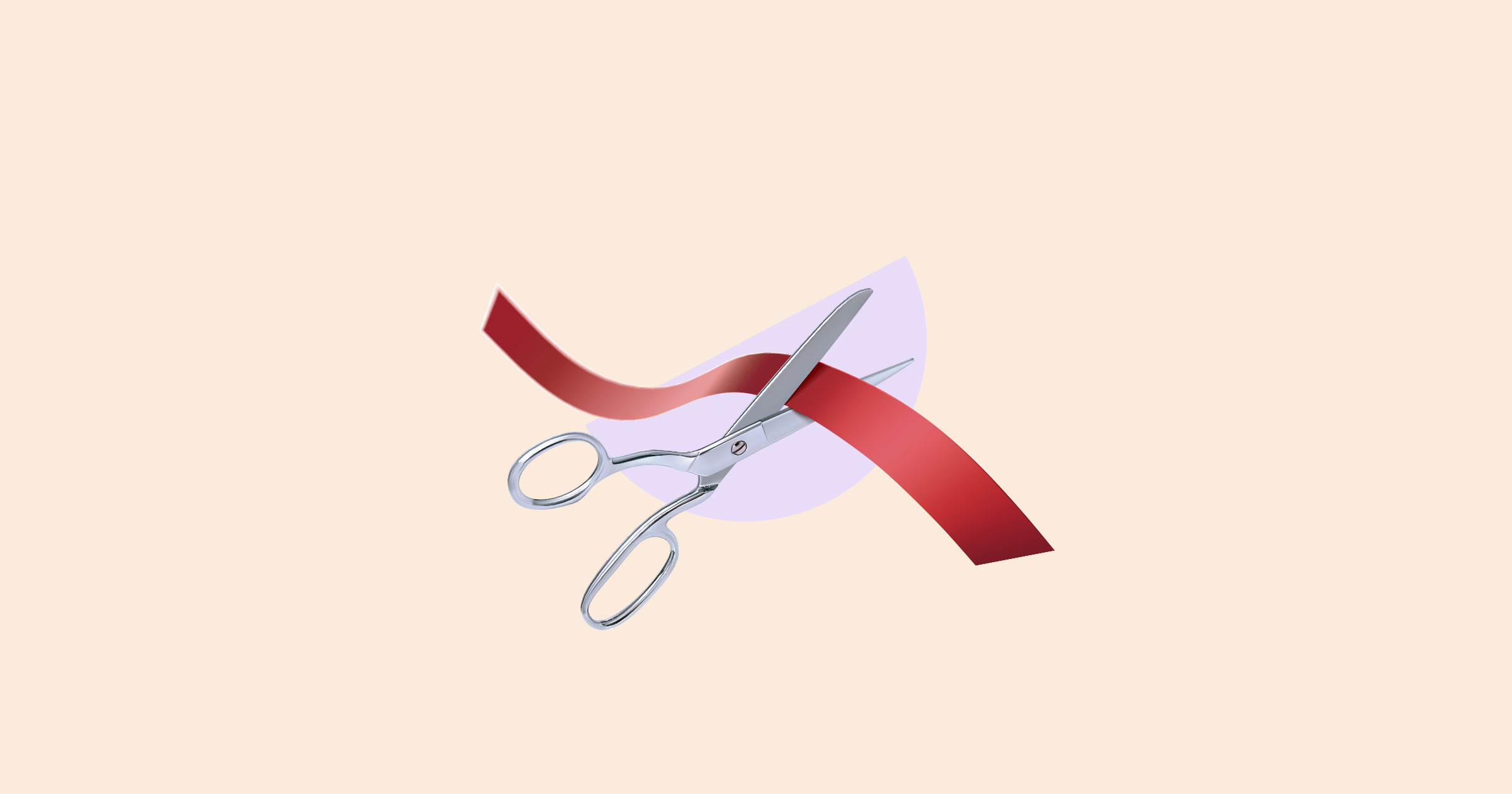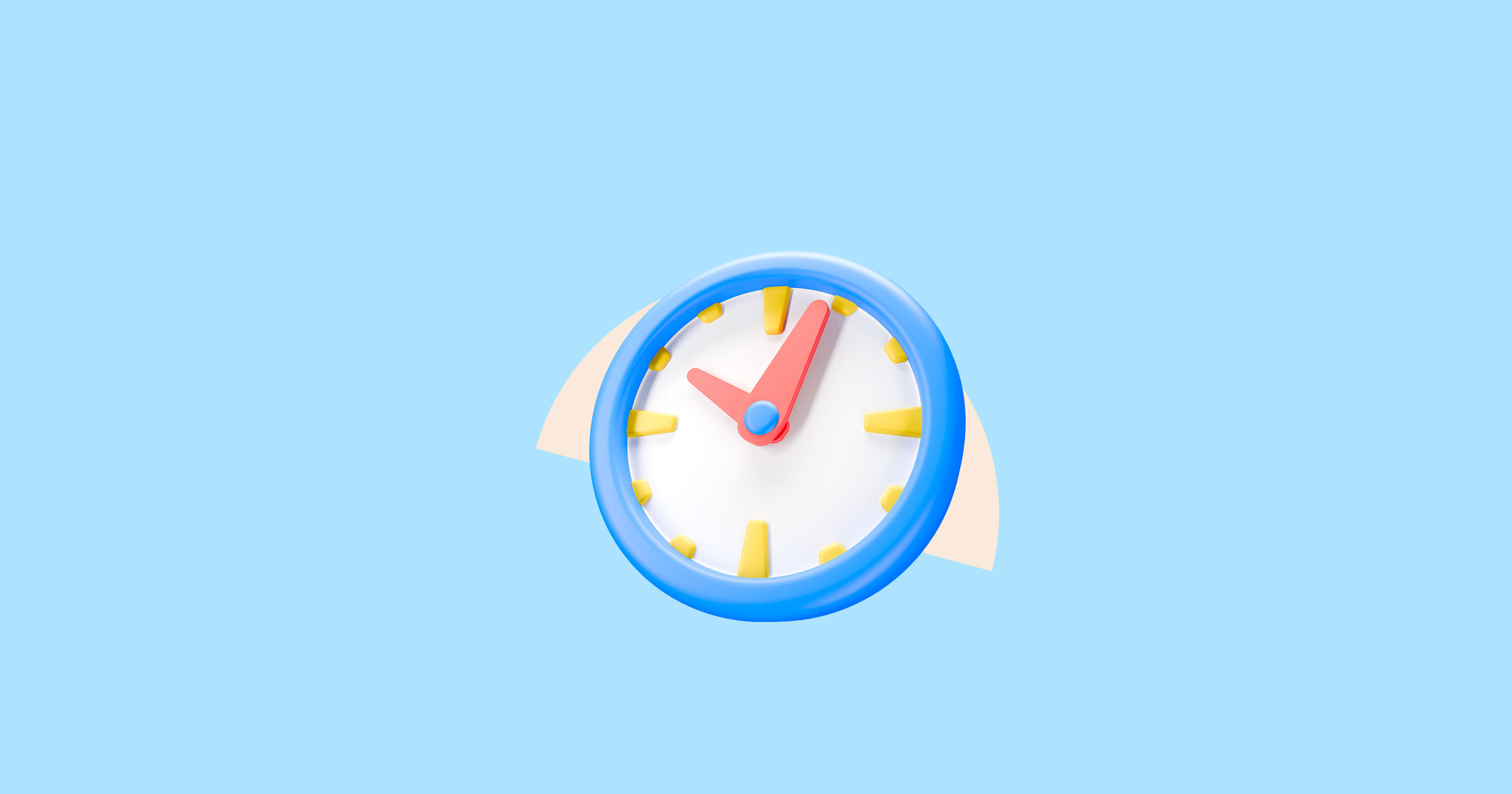The myth
People say little things add up to something big over time. Breaking down a large goal into smaller steps makes it less intimidating, especially if achieving it will cost a lot of money.
When you need to save money, the first expenses to go are usually the tiny ones that you consider unnecessary. After all, it seems easier to stop buying inexpensive things – like a daily cup of store-bought coffee – than to make major lifestyle changes.
As a result, many people assume that cutting out small wants will help them save enough money to meet their financial goals.
The reality
Understanding your spending habits is the first step in taking control of your money. It's important to keep track of your expenses so you know where your money is going.
With a good view of your short- and long-term spending, you’ll find out if there are items that you can do without. Here are a few questions to ask when deciding whether to cut down on a small expense:
- How much will you potentially save?
Run the numbers to see how much a small expense could cost you in the long run (like after a few months or even years). Then, compare the amount you’ll potentially save with your money goal to know if cutting back would have the impact you expect.
- How often do you spend on it?
Watch out for patterns in your spending. Patterns can reveal any spending triggers and how to avoid them. On the other hand, if a small expense doesn’t happen too often, then removing it might not have a huge effect all on its own.
- Can you live comfortably without it?
Small expenses can sometimes make life more convenient and enjoyable. For example, subscriptions to health and fitness applications can help improve your productivity.
However, there are little purchases you might not even know you’re making, like payments for services you don’t use much. It’s good idea to do away with costs that do not offer benefits or much use.
- Are there alternatives?
If you’re trying to save, you’ve probably considered doing things yourself. There’s no shortage of online life hacks telling you to make things at home instead of buying from a shop, where the price is marked up.
Though important, price isn’t the only thing to look at when comparing alternatives. You should also factor in convenience and how realistic it is to do things yourself given your daily routines.
The right option might be the one that doesn’t only save you money but can also save you time and effort. Ultimately, it should be a habit that you can sustainably add to your routine so you’re less likely to abandon it or buy tools you won’t use.
Risks of believing this myth
While tracking your budget, you’ll also notice big, recurring expenses that often go toward basic needs. These could include rent, gas money, and utility bills.
It’s good to pay attention to small details, but there might be other opportunities to bring down your costs. You might find that tackling major expenses is a more effective way to free up money than to simply remove every little want.
If you find that bills are keeping your goals out of reach, then you might need to make bigger, long-term changes to minimize your costs. For example, you can downsize an apartment to keep your housing costs low or trade in a car for a more cost-friendly transport option.
Verdict: Partly true
Small luxuries aren’t necessarily bad if you can afford them and set an appropriate budget. There’s also nothing wrong with indulging in simple pleasures occasionally if you have enough savings and an emergency fund.
However, if you are in debt and don’t have enough money saved up, you might need to hold off on even affordable luxuries while you work on becoming financially healthy.
Cutting back on small expenses can be the start of your journey toward better money habits. The next step is to review big, recurring costs to see if there’s room for changes that could make a bigger impact.




